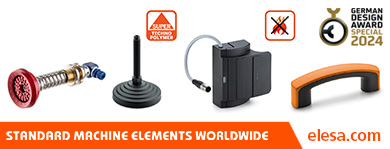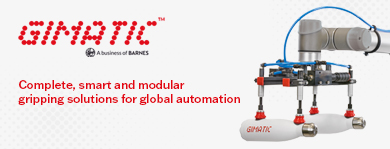
The presentation ceremony for the 2013 Epse Awards took place on October 17th at the K 2013 exhibition. Macplas was among the media partners of the sixth edition of the awards, the brainchild of the European polycarbonate sheet extruders association, which are consigned every year to those businesses that have introduced the most innovative, sustainable and original projects and designs using polycarbonate in order to showcase this versatile material and the wide range of applications it can be used for. The 16 finalists were judged by a panel of experts from the world of architecture, engineering, art and journalism.
The first prize in the "Innovation" category went to a structure-covering system built at the entrance to the Salamandre cave in France using Lexan panels supplied by Sabic. In this particular project the polycarbonate panels, which combine strength, resistance to impact and transparency, made it possible to realise a lightweight structure with integrated photovoltaic modules. This type of solution is widely used in the building industry for roofs, skylights, building façades and skins etc. Architects and engineers are attracted to this type of material because it not only allows them great freedom in their designs but is also an easy-to-install, insulating materials that, as we can see from the project above, offers the possibility of integrating renewable energy Technologies.
The "Sustainability" category was won by Lamborghini Protoshop building situated near Bologna (Italy), which saw the use of polycarbonate sheets produced by Dott. Gallina. This is the first multi-floor industrial building in Italy to have obtained a Class A energy saving certificate. Temperature control and the management of natural light were key factors in this innovative project as they were instrumental to achieving a high level of energy savings and keeping energy costs down, while at the same time ensuring significant levels of comfort. The south facing side of the building uses polycarbonate panels subjected to a special IR treatment to guarantee improved interior lighting and a comfortable temperature level. The IR treatment absorbs the infrared rays contained in solar radiation which cause the greenhouse effect, while at the same time boosting light levels and eliminating the inevitable increase in temperature that a transparent façade would normally generate, thus maintaining a constant temperature inside the building.
In the "Design" category the award went to a students' residence in Barcelona whose interiors represent a departure from the traditional design of this type of building. It offers a fresh and dynamic style thanks to the widespread use of polycarbonate sheets supplied by DS Smith Plastics. These sheets were used to cover the pillars in the main dining room of the cafeteria giving the area a touch of sophistication, while a back-lighting system divides the space into different zones. By covering the ceiling and other structures with polycarbonate sheets the designers have given this innovative and sober design a feeling of harmony. In the halls of residence and the individual rooms polycarbonate was also used to cover and light dividing walls in keeping with the architectural style selected for the residence.
























